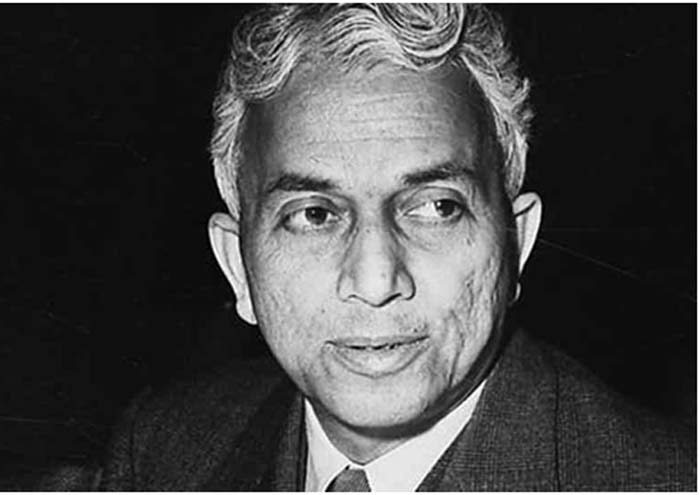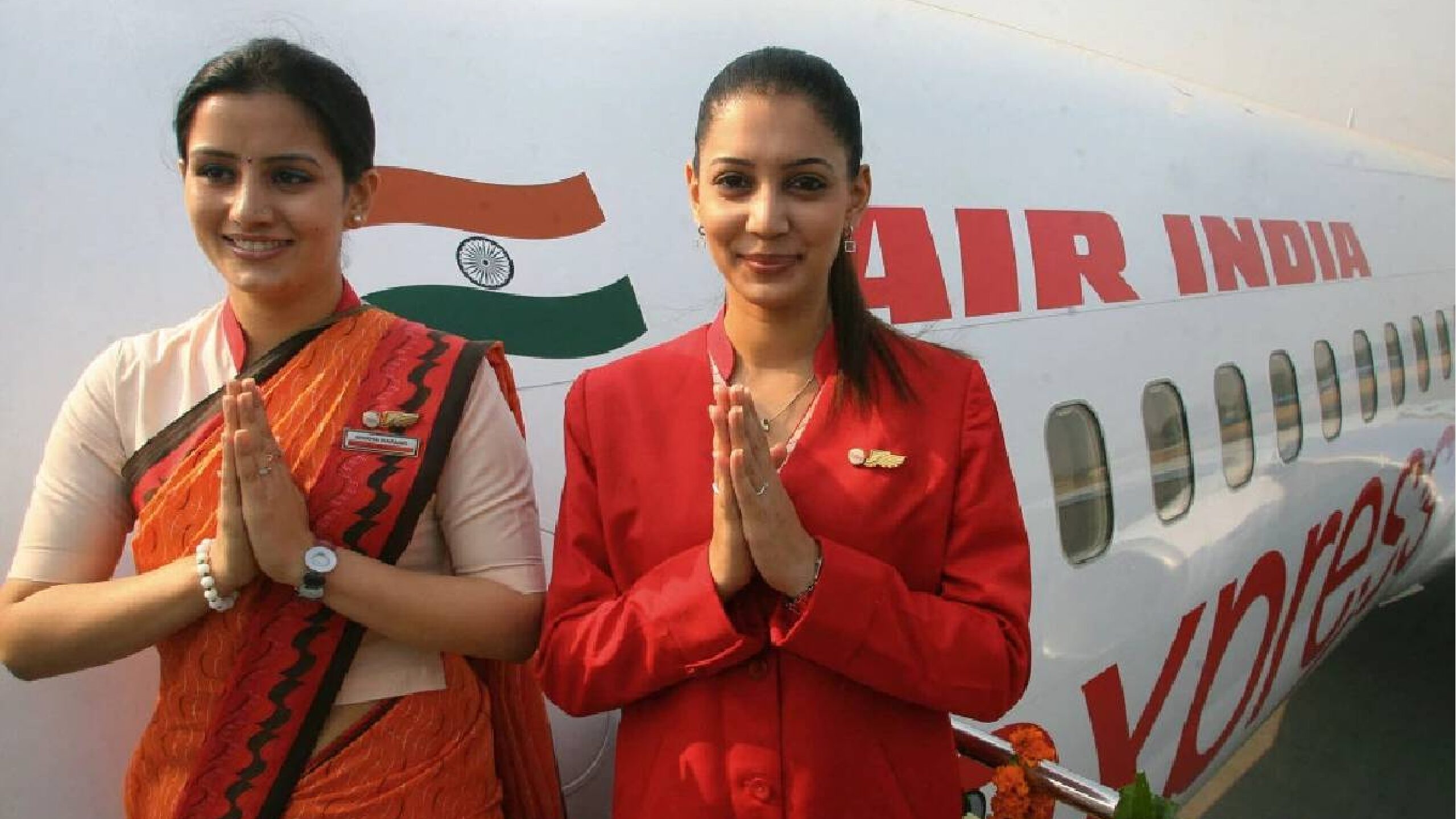Today is 70thSamvidhan Divas (Constitution Day)
“The credit that is given to me does not really belong to me. It belongs partly to Sir B.N. Rau the Constitutional Advisor to the Constituent Assembly, who prepared a rough draft of the Constitution for the consideration of Drafting Committee”.
This was the frank statement of B R Ambedkar, who was the Chairman of Constitution Drafting Committee, in his concluding address in Constituent Assembly on 25th November 1949.
Benegal Narsing Rau was appointed officially as the Constitutional Adviser to the Constituent Assembly in 1946. [See Rau, B. N. (1960). Rao, B. Shiva (ed.). India’s Constitution in the Making. Calcutta: Orient Longmans, page xix]
Drafting Committee was constituted as per the resolution of the Constituent Assembly on 29 August 1947, under the chairmanship of Ambedkar, who declared that it was being set up to “Scrutinise the Draft of the text of the Constitution prepared by the Constitutional Adviser (B N Rau) give into effect the decisions taken already in the Assembly and include all matters ancillary thereto or which have to be provided in such a Constitution, and to submit to the Assembly for consideration the text of the Draft Constitution as revised by the Committee.”

Then Rau’s draft was presented to Assembly in October 1947. Along with drafting committee, several other committees have also submitted their proposals to Constituent Assembly. After considering all those proposals, First Draft was published by Drafting Committee in February 1948. It was thrown open for people’s suggestions. CA discussed all recommendations and proposed amendments, and Second Draft was published in October 1948. Ambedkar introduced final draft for first reading on 4 November 1948. After passing through three drafts and three readings, discussions, arguments, voting on resolutions and adjustments that happened in the CA resulted in ‘passage’ of final copy on 26 November 1949. It was declared passed on this day, making it a ‘National Law Day’ or ‘Samvidhan Divas’.
Primary architect: BN Rau
BN Rau was primary architect of Indian and Burma Constitutions. He entered Indian Civil Service received knighthood in 1938, became Judge of Bombay High Court, after serving as Judge at several districts in Bengal. He was appointed as Prime Minister for Jammu and Kashmir during 1944-45 which he resigned as he did not agree with his Highness. He said: “The Prime Minister must either accept it or resign.” He was topmost Diplomat who was member of UN Security Council on behalf of India at one point he also acted as Chairman of UNSC. Finally, Rau remained in Office of Judge of International Court of Justice, at the Hague, till his death in 1953. (Rau wrote at page xviii in his book)
B N Rau gave first draft of Indian Constitution to drafting Committee in November 1948, to B. R. Ambedkar, for which he did phenomenal research, in depth study of various constitutions at that point of time, went round the world, spoke to statesmen, jurists, economists and political scientists. His primary draft cannot be ignored at all. Substantial part of his draft was retained, while others were refined, reformed, improvised and revised. The democratic character that we see today was desired and designed by Rau. It is criticised that the Government of India Act 1935 was substantially adopted into the draft and carried on further to final document. Rau was working with the Reforms Office of the Government of India, on drafting the Government of India Act of 1935. He was working during pre-Independence period on reforms concerning Hindu law.
Due Process
Rau discussed with Justice Felix Frankfurter of US Supreme Court who advised him not to include clause ‘due process’ in the Indian Constitution. Justice Frankfurter apprehended that such an expression would become lawyers’ paradise and burden on Judiciary.
Britannica Encyclopaedia wrote about his role in UN Security Council:
Sir Benegal Narsing Rau, (born February 26, 1887, Karkala or Mangalore, Mysore [now Karnataka], India—died November 30, 1953, Zürich, Switzerland), one of the foremost Indian jurists of his time. He helped draft the constitutions of Burma (Myanmar) in 1947 and India in 1950. As India’s representative on the United Nations Security Council (1950–52), he was serving as president of the council when it recommended armed assistance to South Korea (June 1950). Later he was a member of the Korean War cease-fire commission….. In 1949 he became India’s permanent representative to the UN. From February 1952 until his death, he was a judge of the Permanent Court of International Justice, The Hague. Before his election to the court, he was regarded as a candidate for secretary-general of the United Nations.
In a fitting tribute paid by newspaper ‘The Hindu’ wrote:
“An example of his outstanding thoroughness untiring industry, and sincerity was the manner in producing the Indus Waters Commission report to settle a dispute between Punjab and Sind. In preparation for the challenging assignments, he mastered Statistics within a short time, and then went on to understand the intricate problems of irrigation. …The secret of Benegal Narsing Rau’s eminence in every field he entered, and the respect he commanded widely, lay in a combination of great talent, extraordinary capacity for sustained hard work, and rare humility which often forced him to stay anonymous. The perfect handling of whatever he had to do was reward enough for him throughout Mr. B. N. Rau’s years of masterly, many-splendoured achievement”. (https://web.archive.org/web/20121111012306/http://hindu.com/thehindu/2003/12/01/stories/2003120100400800.htm)
When Rau died in Zurich Hospital on 30th November 1953 peacefully in sleep, the Indian Ambassador to Switzerland, Mr. Y. D. Gundevia, who reached Zurich said, “The death of Benegal Narsing Rau is a very great loss. Every Indian has the benefit of the Constitution which Mr. Rau laboured hard to formulate for us. It is perhaps less known that he also had a substantial hand in the drafting of the Constitution of our neighbouring country, Burma. We have lost in one of our wisest counsellors.” (http://www.sekarreporter.com/musings-on-the-constitution-vi-narasimhan-vijayaraghavan-a-simple-letter-and-an-episode-would-suffice-raus-career-began-in-a-most-unusual-way-and-his-constitutional/)
Rau visualised much before
Arvind Elangoan says, Rau visualised the constitutionalism much before our Constitution was shaped, In his article in Hindustan Times:
“….. Rau embraced the idea of constitutionalism much before a formal Constitution was adopted in India. He laid the groundwork for the idea that the British constitutional structure in India that largely aided the interests of Britain could be translated and transformed to serve the needs of an independent India. This transformation and translation from the colonial to the postcolonial required a fundamental ability to view the nature and possibilities of the Constitution beyond its colonial origins…While Rau was certainly not singular in viewing the potential of the constitution (Dr. B R Ambedkar was another), he was definitely at the forefront, which is a compelling reason to remember him, however briefly, as we mark the completion of 70 years of the Indian republic.”
This author explained the reasons why Rau is not mentioned with prominence for his contribution to Indian Constitution.
“In the chronicles of the Indian Constitution, it is usually rare to see the name of Sir Benegal Narsing Rau (1887-1953) mentioned with any prominence. There are at least two good historical reasons for the same. Firstly, Rau was a bureaucrat, a distinguished one, and as such played a vital role in the administrative machinery but mostly away from the public eye. Secondly, and perhaps more importantly, after independence, the dominant story of the Indian Constitution was written fundamentally as a story of successful Indian nationalism. In such accounts, the roles played by political leaders assumed importance, and the scope for recognising a bureaucrat like Rau remained severely limited”.[https://www.hindustantimes.com/india-news/bn-rau-an-idealist-and-a-staunch-constitutionalist/story-lG9tBvsvmm2TTfTs5L9I0N.html]
Rau’s efforts were explained by sekar reporter website also. In musings of this website, it was stated:
While the Drafting Committee was sitting, B.N. Rau travelled to USA, Canada, Ireland, and England, to consult with constitutional experts, and returned on December 2nd, 1947. Rau was categorical on the placement of rights of an individual on a pedestal. “The reason for putting the dignity of the individual first was that unless the dignity of the individual is assured, the nation cannot be united.” (http://www.sekarreporter.com/musings-on-the-constitution-vi-narasimhan-vijayaraghavan-a-simple-letter-and-an-episode-would-suffice-raus-career-began-in-a-most-unusual-way-and-his-constitutional/)
Generally, the political heroes take the credit by leading the mission, and adding finer points over already built up activity. We often forget the primary work. Foundations are not visible. The betterindia.com wrote about such foundation of Constitutional edifice of India.
“Often forgotten in this journey from colonial subject to a sovereign republic are the civil servants working in the Constituent Assembly Secretariat (CAS) – without whom the Indian democratic project would have probably never got off the ground….It was set up in May 1946. …Leading the charge for the CAS was Sir Benegal Narsing Rau, the Constitutional Advisor. Holding the office of Joint Secretary, Surendra Nath Mukherjee played the all-important role of Chief Draftsman of the Constituent Assembly of India for drafting India’s Constitution. Other key officials in the CAS’s Franchise Section, which played a fundamental role in laying the basis of electoral democracy in India, were Under Secretaries KV Padmanabhan and PS Subramanian, and research officers AA Abidi and Brij Bhushan”.https://www.thebetterindia.com/170367/ias-hero-republic-day-india-first-election-democracy/
Foundations of Indian Constitution could be found in cherished goals of struggle for the independence of India. The Constituent Assembly, with hundreds of members debated the base line of constitutionalism prepared by the BN Rau’s team, thinking and foot work, is the source of evolution of our Constitution. Every suggestion, idea, amendment proposed, concept discussed got merged into the process of development of the compilation of provisions we see today.
Keep Indian flag flying
The Drafting Committee had seven members: Alladi Krishnaswami Iyer, N. Gopalaswami; B.R. Ambedkar, K.M Munshi, Mohammad Saadulla, B.L. Mitter and D.P. Khaitan. Towards the end of October 1947, the Drafting Committee began to scrutinise the Draft Constitution prepared by the B.N Rau, the Constitutional Advisor. It made various changes and submitted the Draft Constitution to the President of the Constituent Assembly on 21 February 1948. While deliberating upon the draft Constitution, the Assembly moved, discussed, and disposed of as many as 2,473 amendments out of a total of 7,635 tabled. Regarding Alladi Krishna Swamy Iyer, the main architect of Indian constitution Dr. B. R Ambedkar said: “There were in the drafting committee men bigger, better and more competent as my friend Sir Alladi Krishnaswami Iyer.” Now the duty of every citizen is to save our Constitution, which survived and flourished for 70 years, cherish its goals and keep the flag of India flying as democratic nation with constitutional governance.




